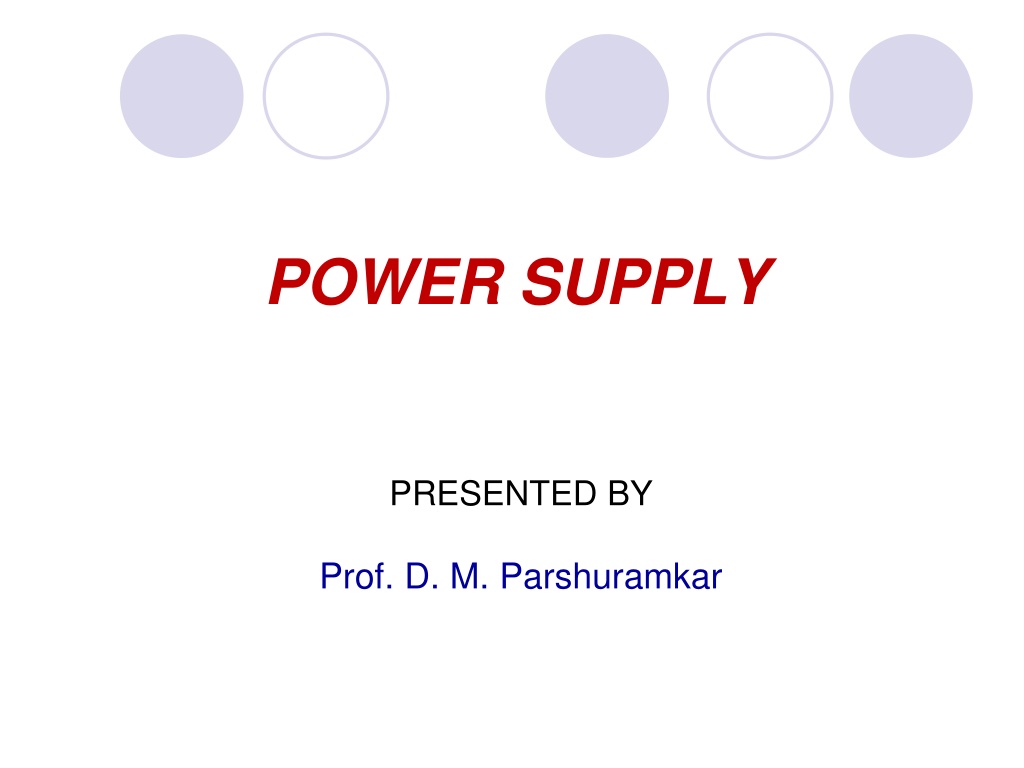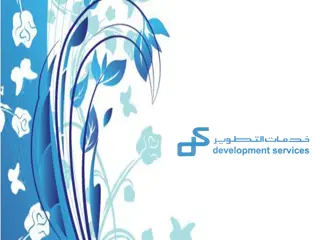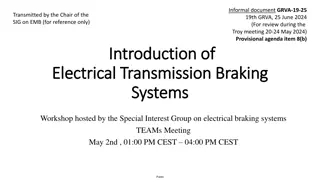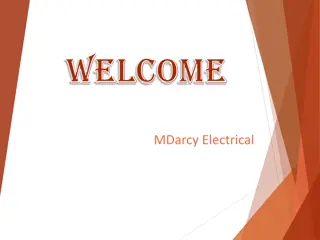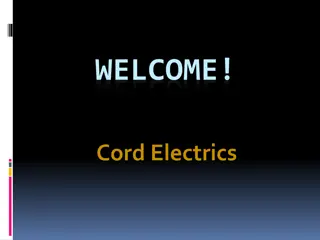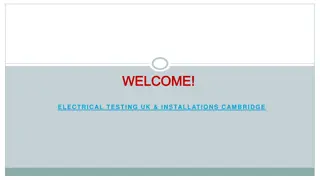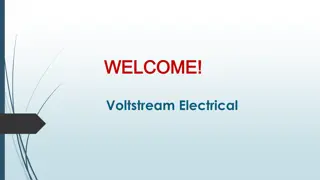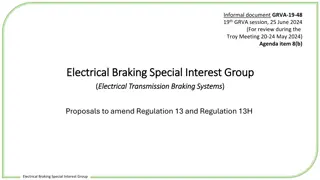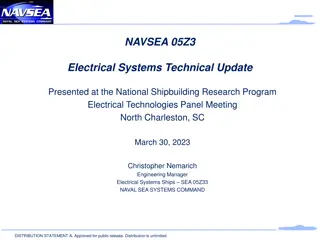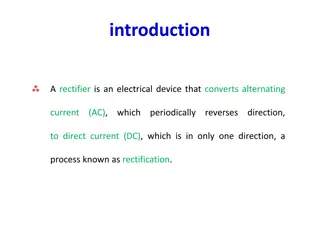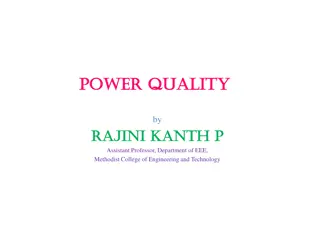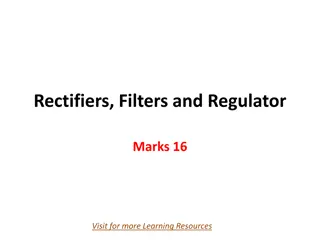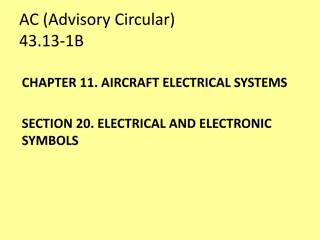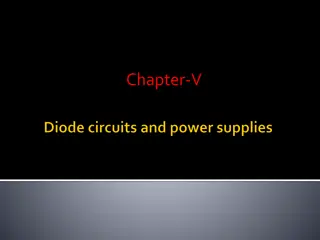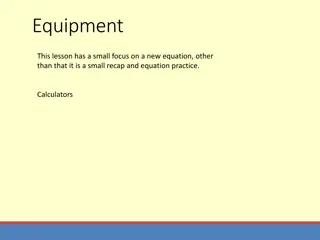Understanding Power Supplies and Rectifiers in Electrical Systems
Power supplies play a crucial role in converting AC power to DC power, with two main types being unregulated and regulated. Regulated power supplies consist of essential components like a step-down transformer, full-wave rectifier, filter circuit, and voltage-regulating circuit. Rectifiers are devices that convert AC to DC by utilizing P-N junction diodes, with types including half-wave and full-wave rectifiers. Efficiency and ripple factor are key parameters in determining the quality of output power in electrical systems.
Download Presentation

Please find below an Image/Link to download the presentation.
The content on the website is provided AS IS for your information and personal use only. It may not be sold, licensed, or shared on other websites without obtaining consent from the author. Download presentation by click this link. If you encounter any issues during the download, it is possible that the publisher has removed the file from their server.
E N D
Presentation Transcript
POWER SUPPLY PRESENTED BY Prof. D. M. Parshuramkar
A device convert ac power to dc power is called power supply. Type of power supply-There are two types of power supply: 1. Unregulated power supply 2. Regulated power supply
Parts of Regulated power supply 1. Step down transformer 2. Full wave rectifier 3. Filter circuit 4. Voltage regulating circuit
Parts of Unregulated power supply 1. Step down transformer 2. Full wave rectifier 3. Filter circuit
RECTIFIER Rectifier definition: A rectifier is an electrical device that converts an Alternating Current (AC) into a Direct Current (DC) by using one or more P-N junction diodes.
Output dc power Efficiency = ----------------------- Input ac power
Output ac voltage or current Ripple factor = --------------------------------- Output dc voltage or current
TYPE OF RECTIFIER Types of rectifiers The rectifiers are mainly classified into two types: Half wave rectifier Full wave rectifier
HALF WAVE RECTIFIER As the name suggests, the half wave rectifier is a type of rectifier which converts half of the AC input signal (positive half cycle) into pulsating DC output signal and the remaining half signal (negative half cycle) is blocked or lost. In half wave rectifiercircuit, weuse only asingle diode.
IN HALF RECTIFIER 1. Number of diodes required: 1 2. Transformerrequirement: Not essential 3. Average value ofcurrent, Idc: Imax/pi 4. Rms value of current, Irms:Imax/2 5. Peak inverse voltage (PIV):Vmax 6. Peak load current, Imax: Vmax/(Rload + Rf) 7. Dc output voltage, Vdc: Idc x Rload 8. Rectification efficiency (max): 40.6 % 9. Ripple factor: 1.21 10. Fundamental frequency of ripple: f 11. Voltage regulation: good 12. Transformerutilization factor: 0.286 13. Formfactor: 1.57 14. Peak factor: 2
FULL WAVE RECTIFIER The full wave rectifier is a type of rectifier which converts the full AC input signal (positive half cycle and negative half cycle) to pulsating DC output signal. Unlike the half wave rectifier, the input signal is not wasted in full wave rectifier. The efficiency of full wave rectifier is high as compared to the halfwave rectifier.
IN FULL RECTIFIER . Number of diodes required: 2 2. Transformer requirement: Center tap 3. Average value of current, Idc: 2Imax/pi 4. Rms value of current, Irms: Imax/sqr root(2) 5. Peak inverse voltage (PIV): 2Vmax 6. Peak load current, Imax: Vmax/(Rload + Rf) 7. Dc output voltage, Vdc: Idc x Rload 8. Rectification efficiency (max): 81.2 % 9. Ripple factor: 0.482 10. Fundamental frequency of ripple: 2f 11. Voltage regulation: better 12. Transformer utilization factor: 0.692 13. Form factor: 1.11 14. Peak factor: sqr root(2)
BRIDGE RECTIFIER The Full Wave Bridge Rectifier Another type of circuit that produces the same output waveform as the full wave rectifier circuit above, is that of the Full Wave Bridge Rectifier. This type of single phase rectifier uses four individual rectifying diodes connected in a closed loop bridge configuration to produce the desired output.
IN BRIDGE RECTIFIER 1. Number of diodes required: 4 2. Transformer requirement: Not essential 3. Average value of current, Idc: 2Imax/pi 4. Rms value of current, Irms: Imax/sqr root(2) 5. Peak inverse voltage (PIV): Vmax 6. Peak load current, Imax: Vmax/(Rload + 2Rf) 7. Dc output voltage, Vdc: Idc x Rload 8. Rectification efficiency (max): 81.2 % 9. Ripple factor: 0.482 10. Fundamental frequency of ripple: 2f 11. Voltage regulation: good 12. Transformer utilization factor: 0.812 13. Form factor: 1.11 14. Peak factor: sqr root(2)
FILTER CIRCUIT A filter circuit is a device to remove the A.C components of the rectified output, but allows the D.C components to reach the load. A filter circuit is in general a combination of inductor (L) and Capacitor (C) called LC filter circuit. A capacitor allows A.C only and inductor allows D.C only to pass.
TYPE OF FILTER CIRCUIT SEREIS INDUCTOR FILTER SHUNT CAPACITOR FILTER L-SECTION FILTER Pi-SECTION FILTER
